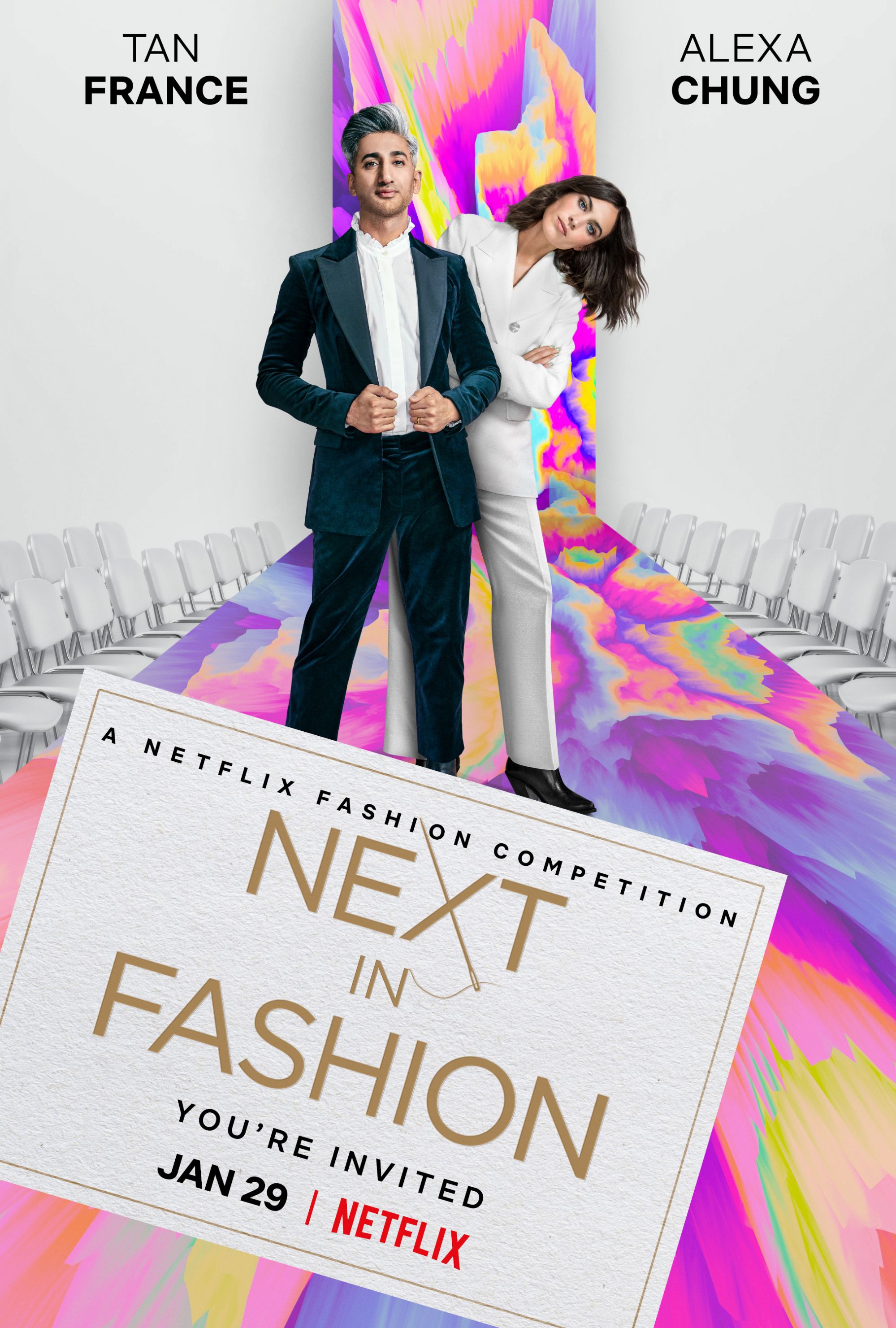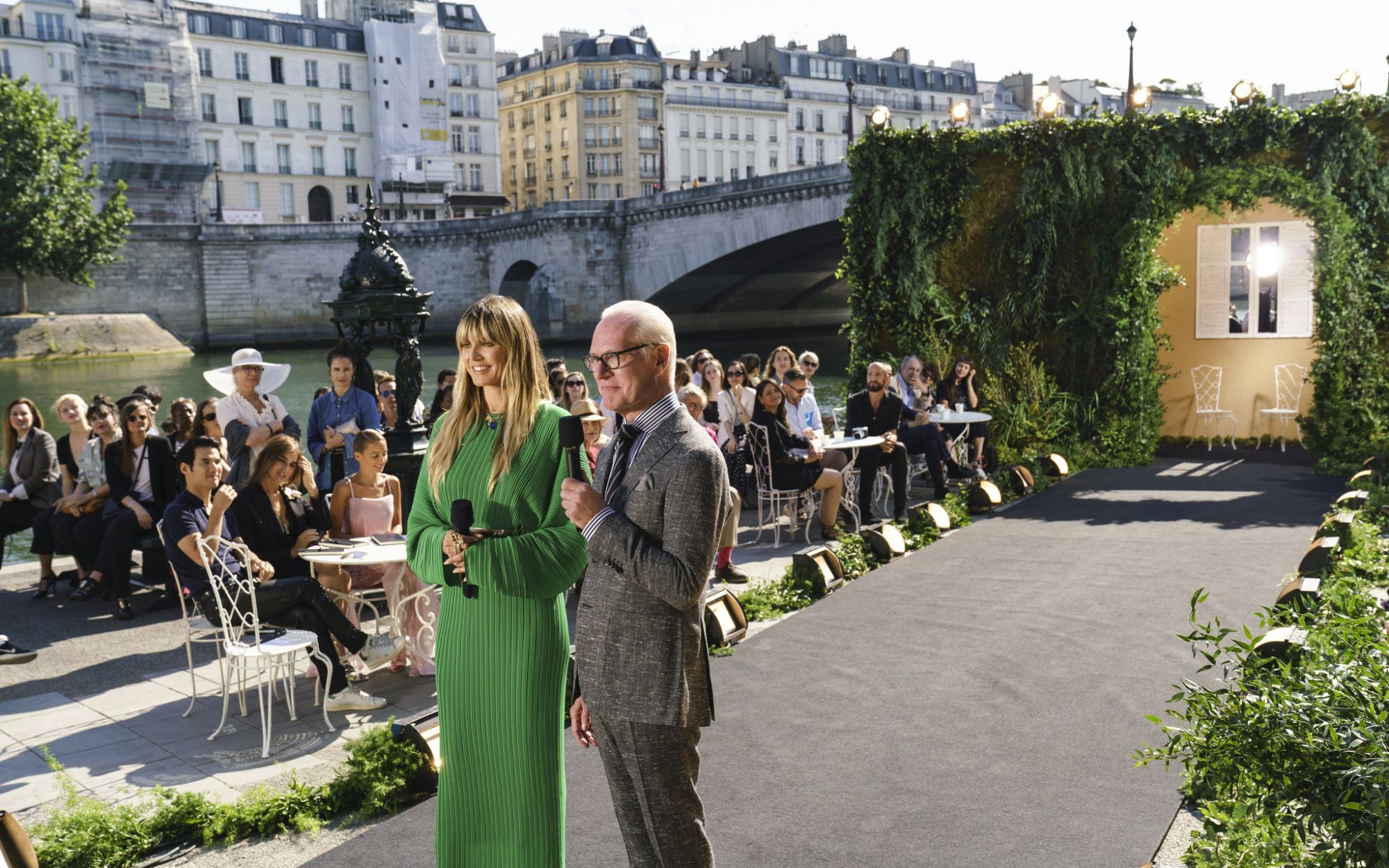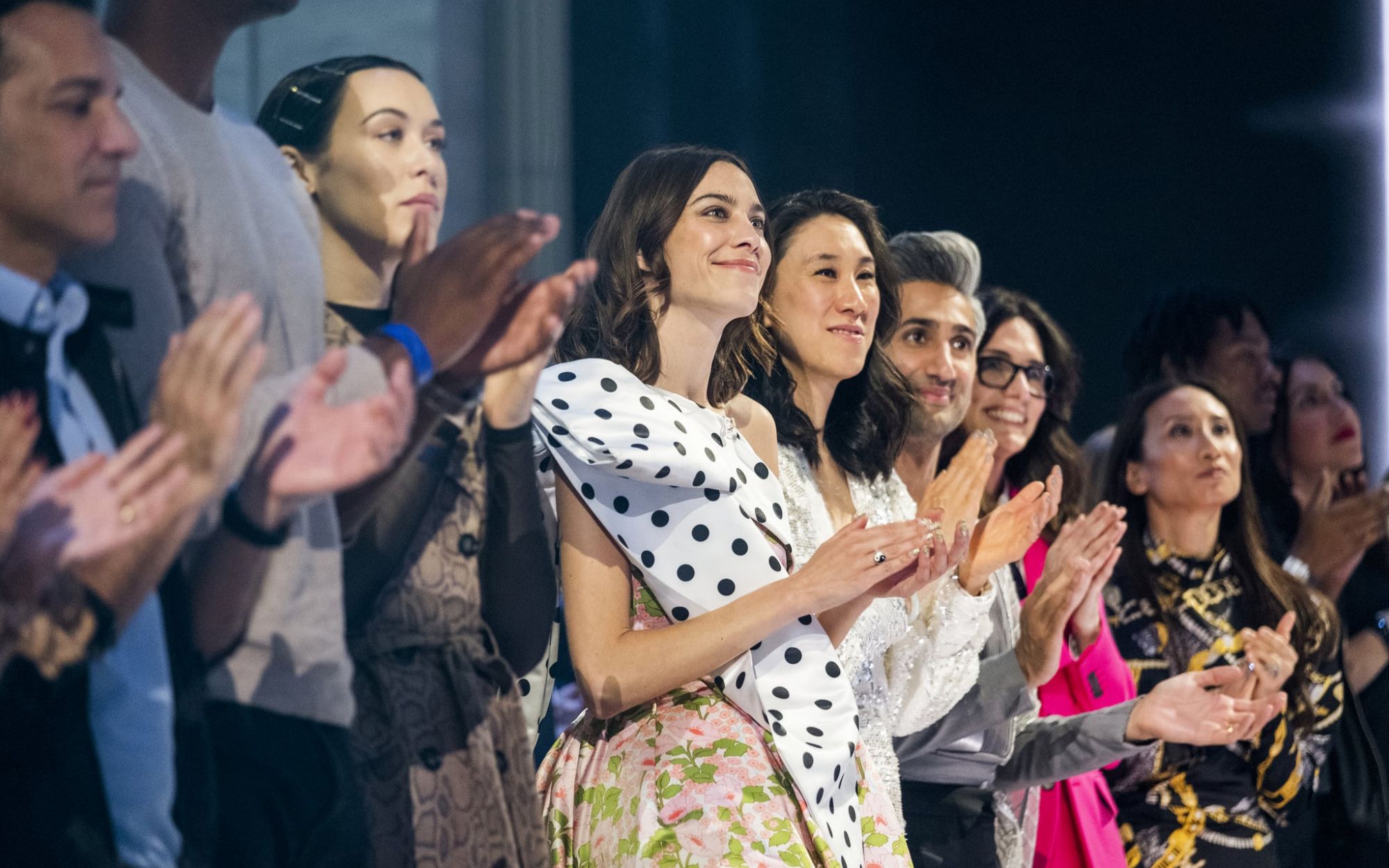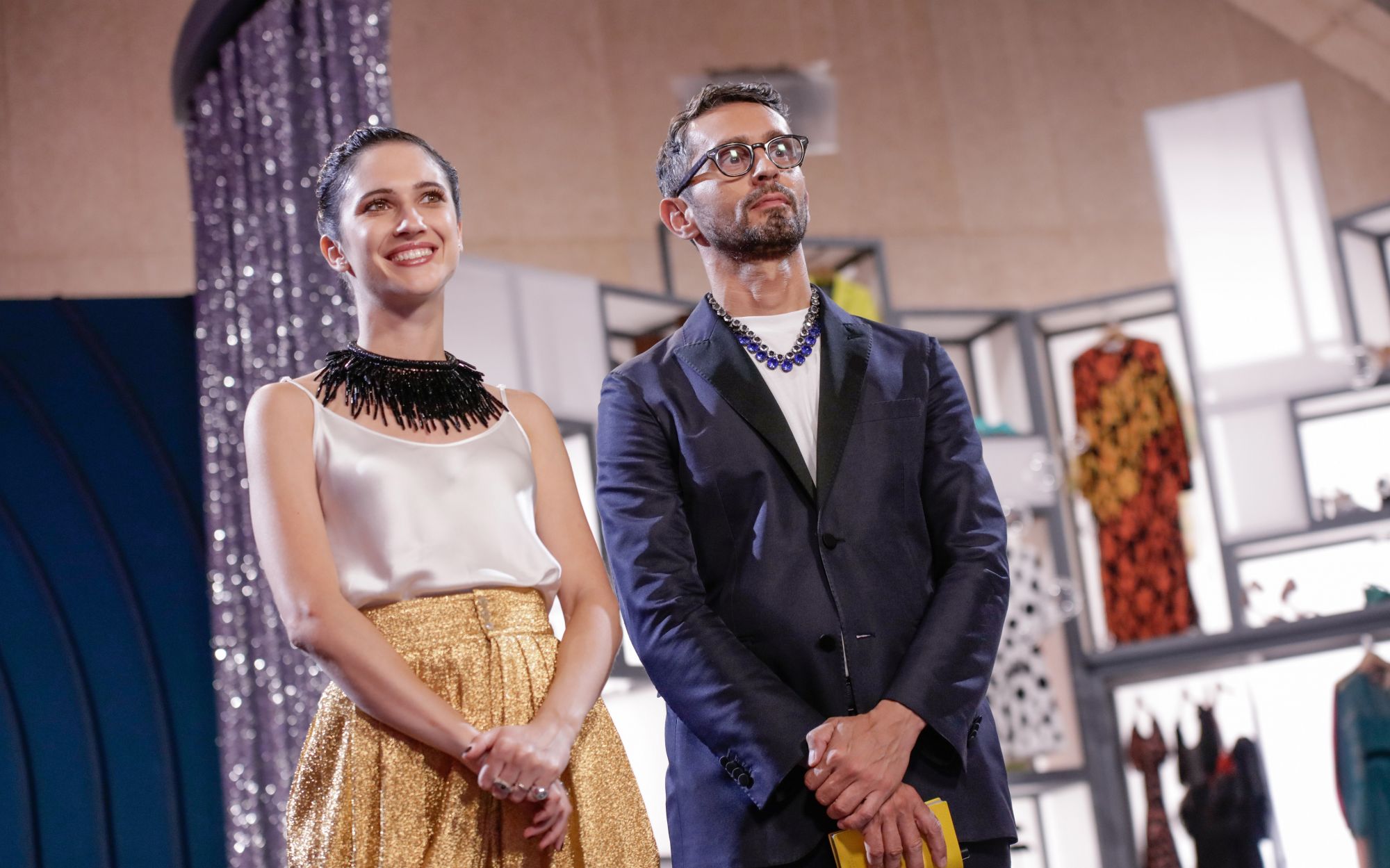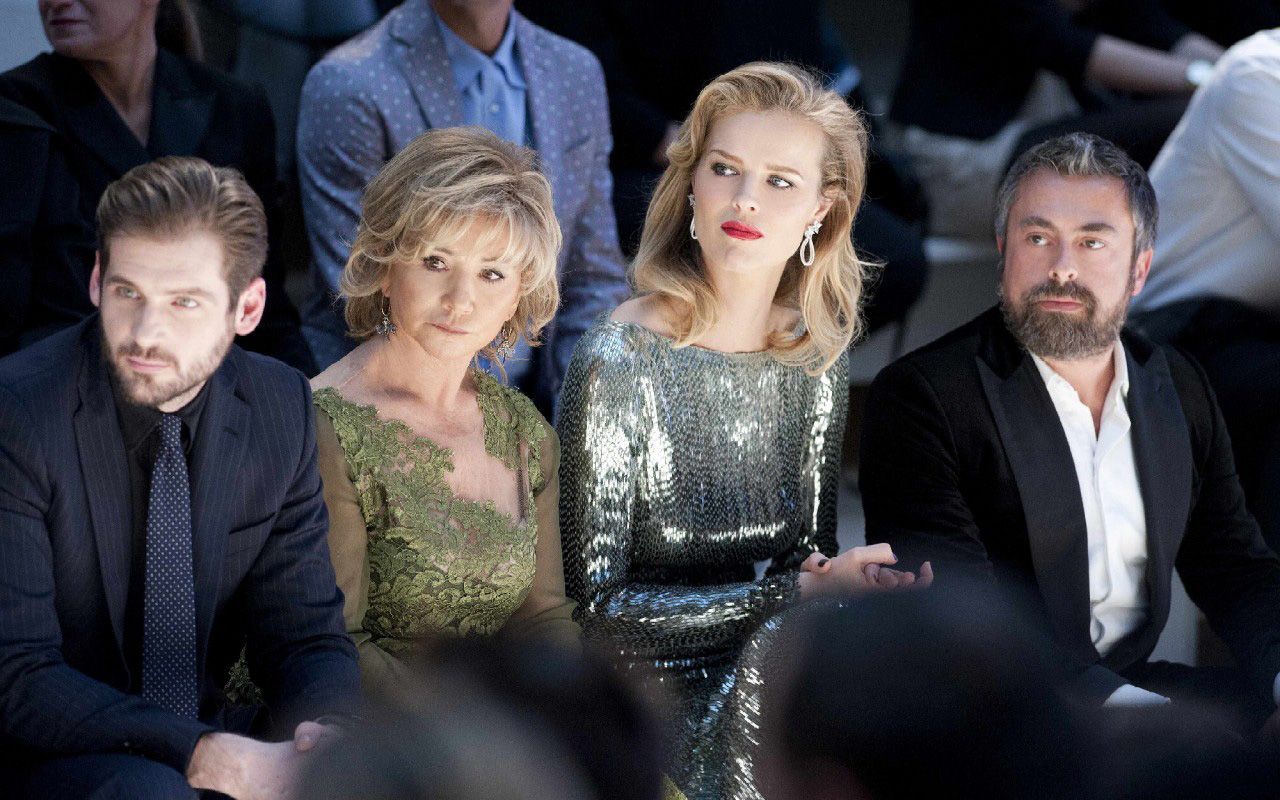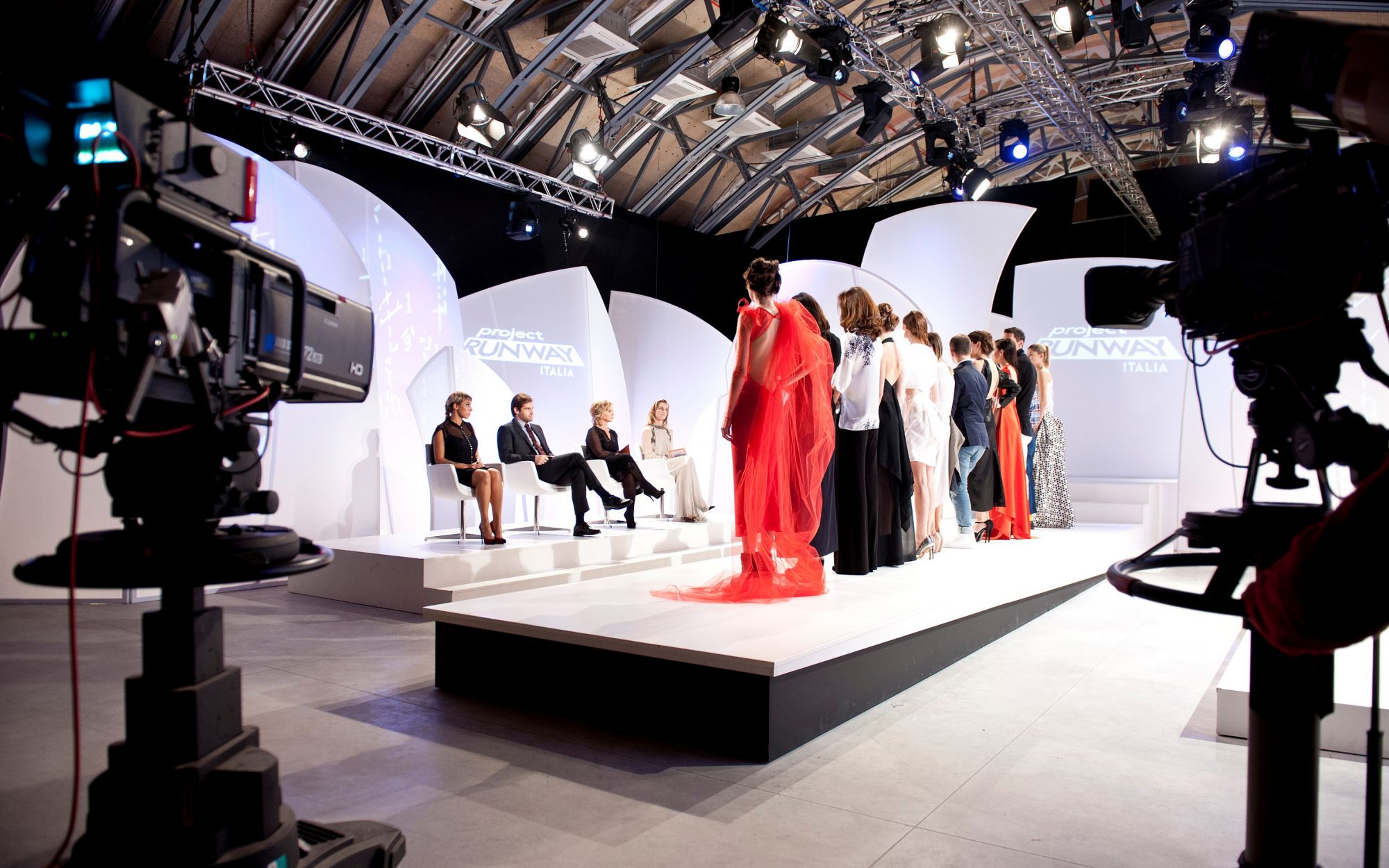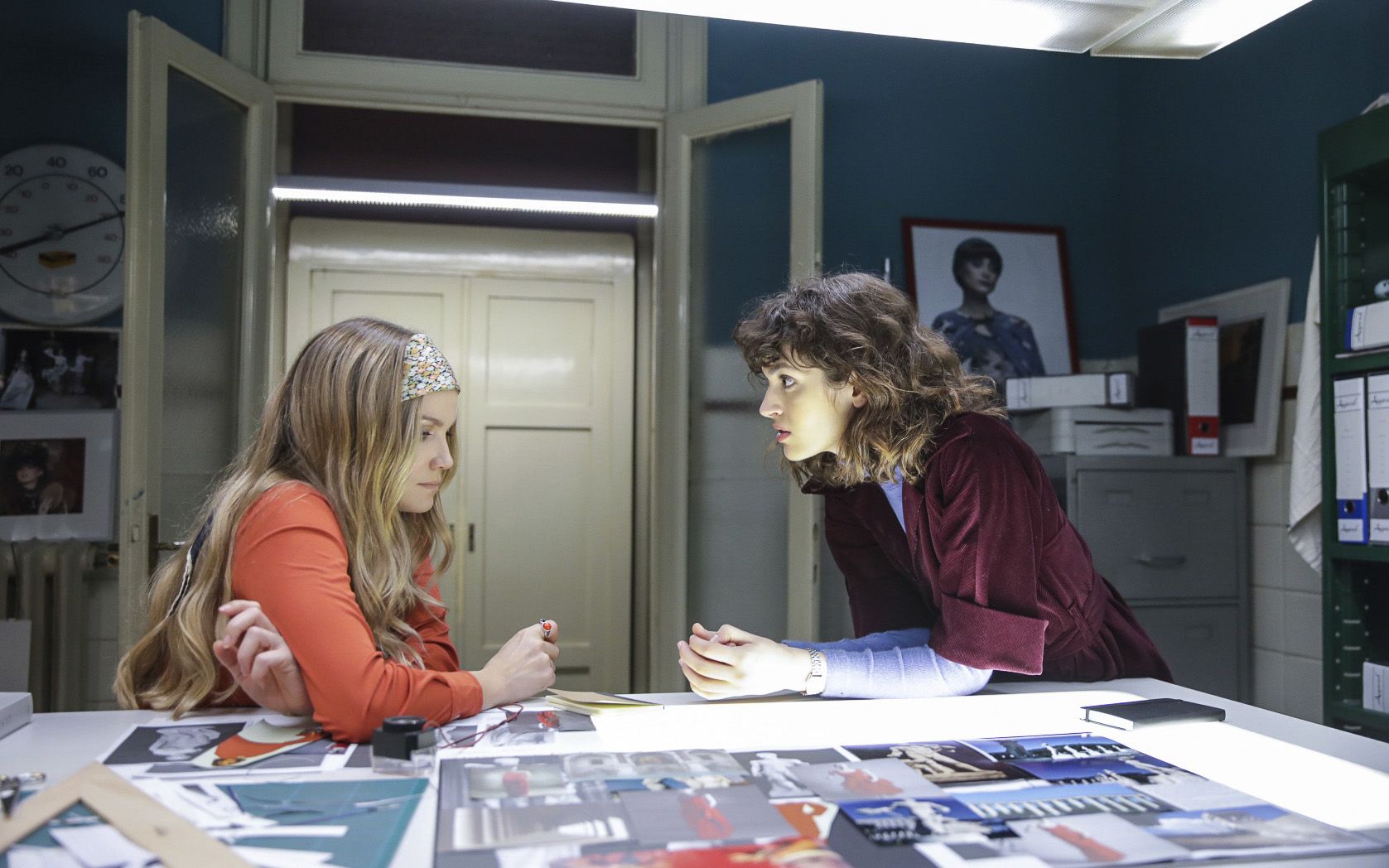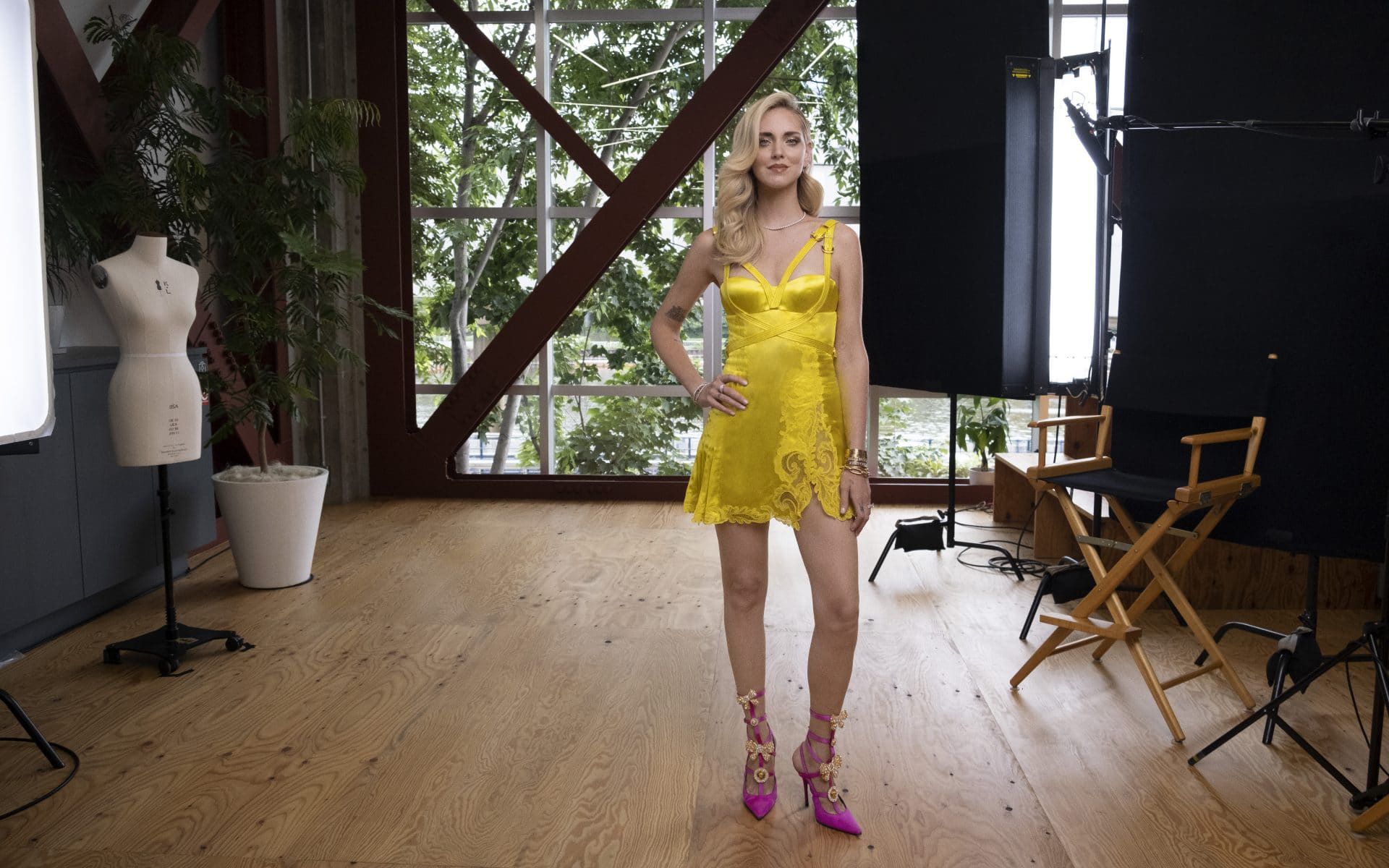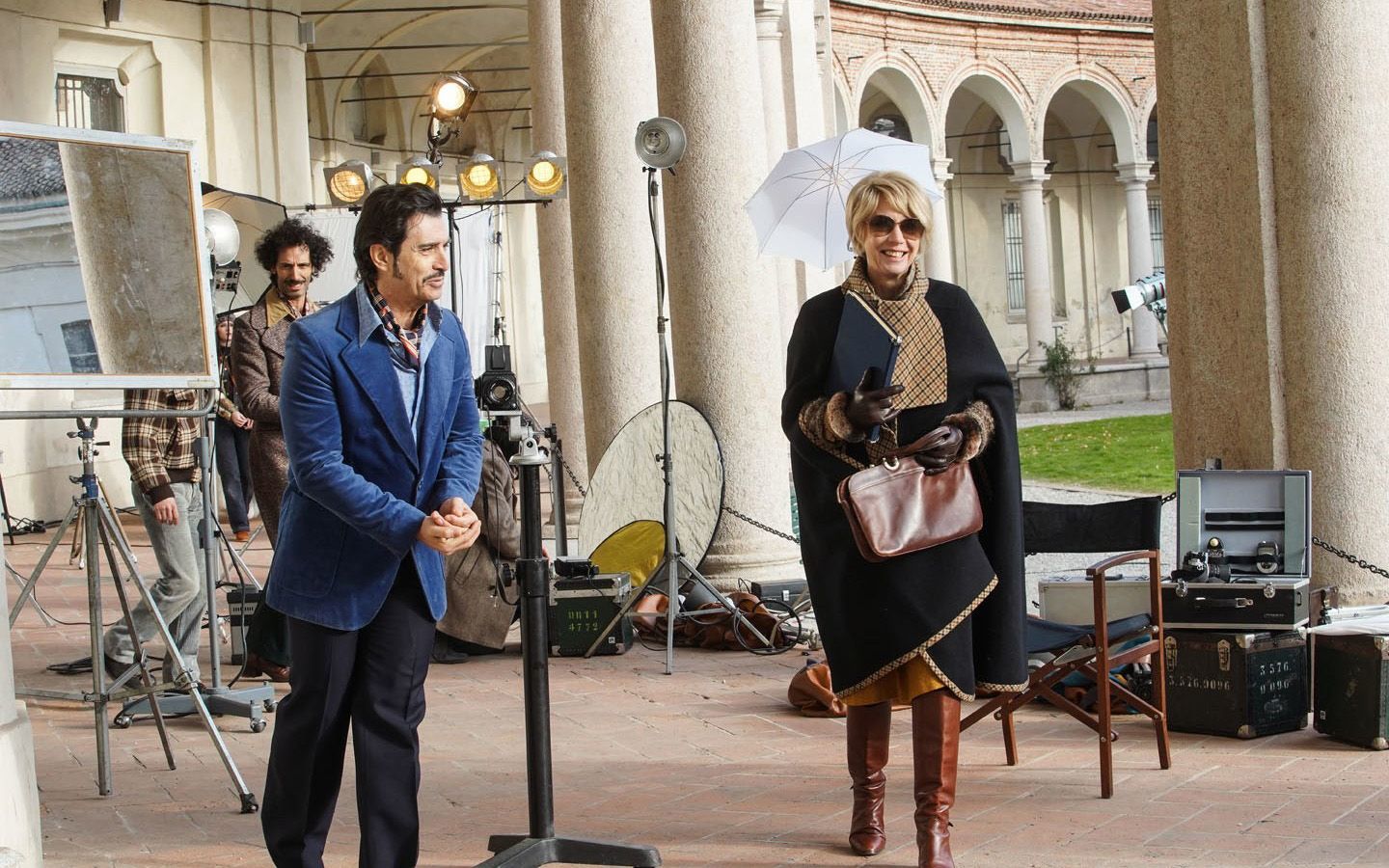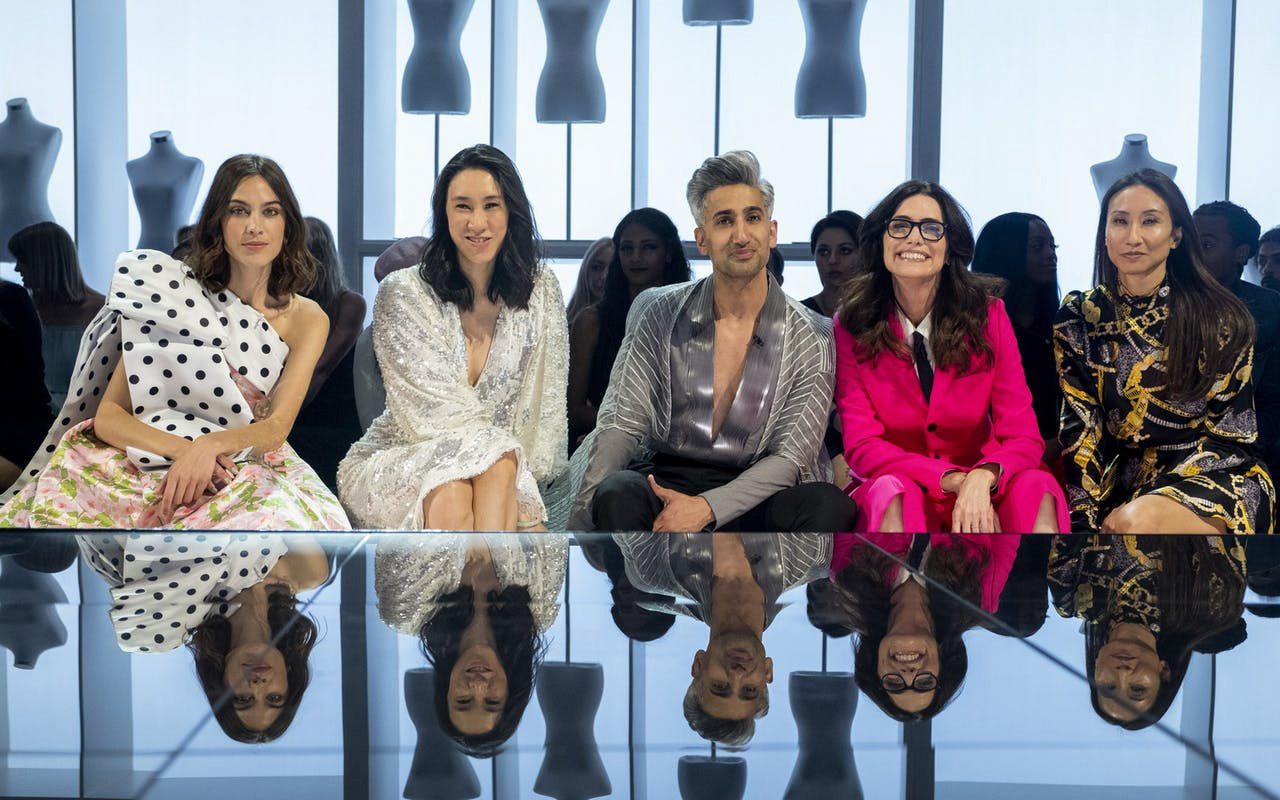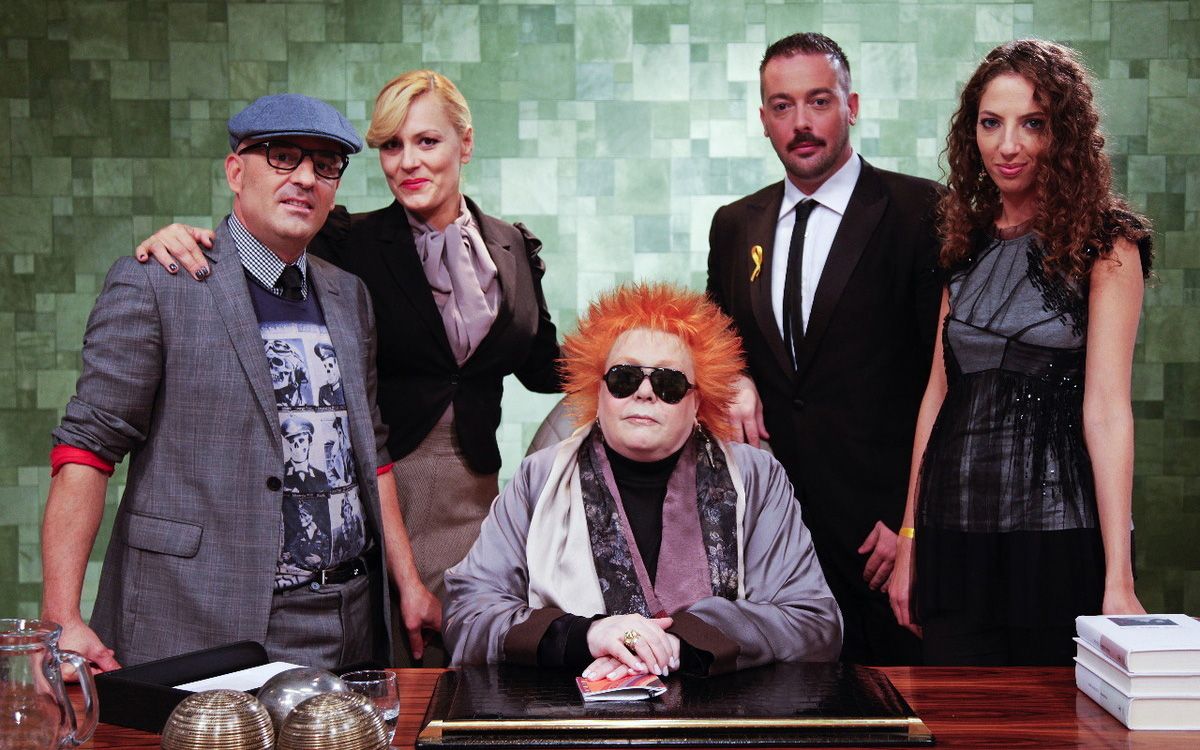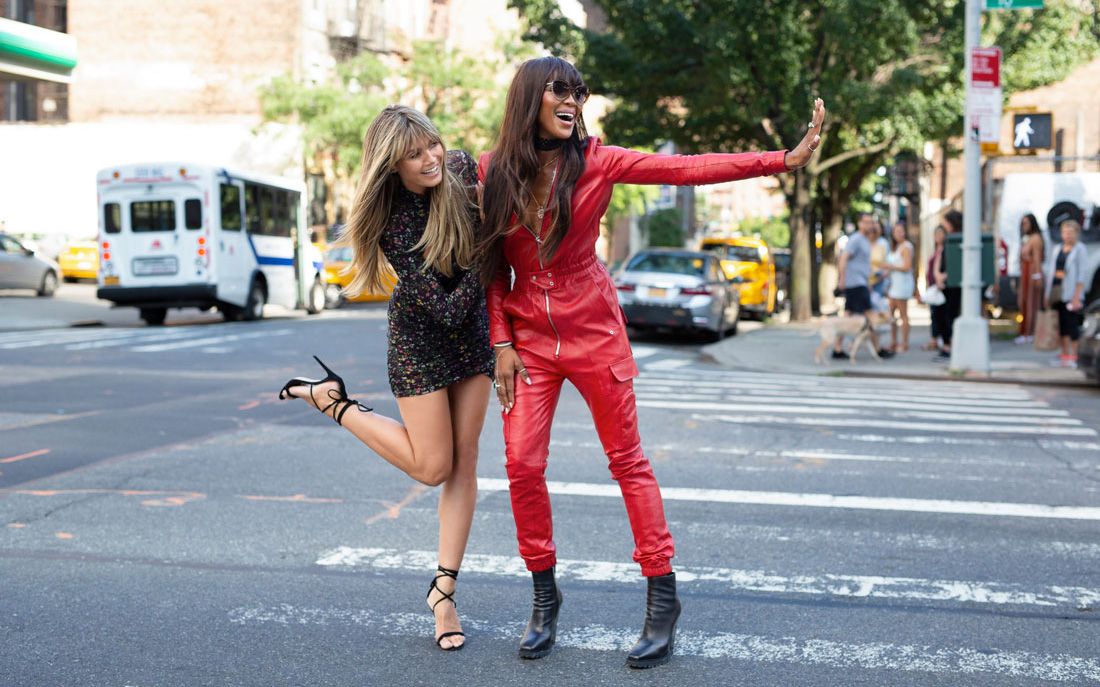
How fashion is portayed on television Fashion seems to have not found its path yet through the small screen
We can't deny it: fashion never works on television. Despite in the past years many have tried to arrange a show, it seems like so-called "fashion TV" is cursed. The only show that keeps resisting is Project Runway, so that it makes us wonder if it's been the one who spelled the curse on the other ones. But you know, fashion knows its path: that's why it's trying to make its come back in all its glory, taking advantage on the new streaming devices as Netflix and Amazon Prime Video.
It's been two years since Heidi Klum e Tim Gunn said "auf Wiedersehen" to Project Runway. Two years later, the magic duo returns on TV to host a new show about fashion: Making the Cut (from March, 27 only on Prime Video) is a reality that will try to find the new it-name that will change the future of fashion. The contestants will be 12 designers and entrepreneurs from all over the world and of every age, and they will challenge themselves into the in cutting (and snipping and fixing) and into more entrepreneurial ventures. The prize will be of 1 millions of dollars (that would not be possible if it was on normal television). Among the jury, there will be some really hot names in the fashion industry: Naomi Campbell, Nicole Richie, Joseph Altuzarra, Carine Roitfeld and Chiara Ferragni. Making the Cut may be the most expensive of the new fashion-reality shows, but it's not the one: from January, 29 Next in Fashion, is streaming on Netflix and it's a(nother) reality show host by Alexa Chung and Tan France (the star of Queer Eye) - even if some critics have already turned it down.
All quiet on the Western front. That's not true, because these two shows have something peculiar that no show before has ever had: a business partner. For Making the Cut, the partner is Amazon (as if we need to say it); for Next in Fashion it's Net à Porter, the biggest fashion luxury-shop online. At the end of the competition, both the retailers will give the winner the opportunity to sell their exclusive collections right on their websites. It's the first time in the history of fashion television that the shows give their contestants the real opportunity not just to produce their line, but to sell it.
As you know in fashion, one day you're in. And the next day, you're out. It's not clear if all those past shows about fashion have really helped their contestants' careers. The only designers that seem to have reached some success are Christian Siriano (he won the fourth edition of Project Runway and today he came back as a judge) and maybe Michael Costello, who keeps working styling some (trash) celebrities as Mariah Carey and Paris Hilton, Nicki Minaji and Cardi B.
The story of fashion-realities is pretty discouraging. Project Runway has ruled over them all since 2004 (with a total of 18 seasons, today is hosted by Karlie Kloss), giving room just to America’s Next Top Model (though it closed in 2018 at its 24th season). In Italy there's been an attempt to give it a shot with an Italian version of the show itself, hosted by Eva Herzigová and with Alberta Ferretti and Tomaso Trussardi in the jury. In Italy, though, the only fashion-centred shows that had some success have been the ones for a makeover of the contestant's wardrobe and style: the first was Buccia di Banana, then Ma come ti vesti? and Mix&Match su Sky Uno, hosted by Lodovica Comello and the new Vanity Fair editor-in-chief Simone Marchetti. Posterity will judge.
Overall, it looks like fashion still has not found its language to communicate through the small screen. The most used path has been the format of reality TV, which has been declined in different shades but never really changed. The real AWOL has been the fiction: the only series that we can remember from the past years are Ugly Betty and Gossip Girl. The last shot has been an Italian production: Made in Italy, "the first italian series to tell the story of the rising of Italian fashion" produced by Mediaset in collaboration with Taodue and The Family. The series is streaming from September, 26th on Amazon Prime Video and it will soon air on broadcast television. Despite the star-studded cast (Margherita Buy, Marco Bocci, Raoul Bova as Giorgio Armani, Fiammetta Cicogna and Giorgio Armani's protégé Greta Ferro) the series is ridiculously bad - and it turns off every light of hope for the future of fashion on TV.
To be honest, there's one thing to say: even when a project finds its life, its biggest resonance is on social media, whilst the ratings are always very low. Television invests always less in its productions, and more than less in fashion TV (we couldn't even think of a reboot of the hit show Donna sotto le stelle). The biggest part of those shows can't settle down and it closes after one or two seasons. That explains why influencers as Chiara Ferragni are becoming biggest stars even than ever, but why Anna Dello Russo still needs to be presented when she's guesting in a popular talk show. Television becomes and ancillary market that doesn't really wake up the interest of fashion-insiders and passionates. It's more and more clear that the future of fashion TV will be in the opportunities that the web offers. The generalist television, at its best, will continue to invest on the re-airing od The Devil Wears Prada, that's the only content that the public seems to love endlessly. As Miranda Priestley would say: groundbreaking.











































